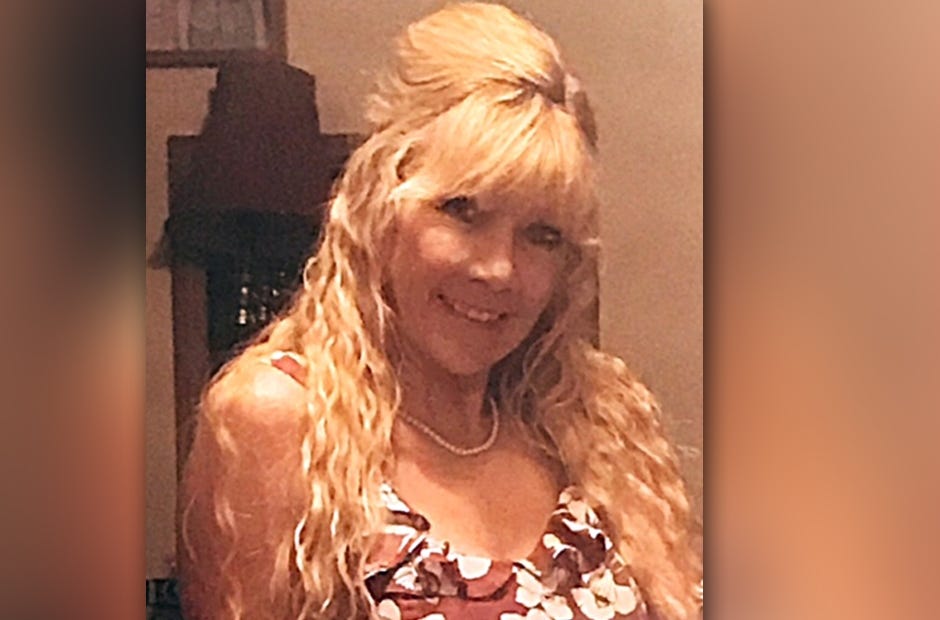!["I saw how great the needs for interpretations were. The people who could be of service through sign language were few and far between," Elisa McCrite said. [Special to the News Bulletin]](http://127.0.0.1/wordpress/wp-content/uploads/2022/01/ghows-DA-55cf5c20-5458-0ec8-e053-0100007fc7fd-f96e44f2.jpeg)
Editor's Note: This guest column is a response to the News Bulletin's story, "Overcoming the odds: Though hard of hearing, Crestview student remains in choir, cheer squad," published in the Aug. 16-18, 2017, edition.
The deaf are beautiful people who have — in the past, at least — often been misunderstood and categorized as "less than" or "handicapped."
Nothing could be farther from the truth.
From the first time I observed a high school choral classmate using sign language to interpreting a song, I became passionate to learn the language.
I had never met a deaf person. I did not know about their silent world. I did not realize how isolated they were from society. All I knew as a high school student was that sign language was beautiful and I wanted to perform with my choral group. As shallow as that seems today, it was the catalyst to change all my perceptions.
I enrolled in a sign language class for beginners and, upon completion, had a faint understanding of the importance of this whole new world into which I was entering on tiptoe and with a sense of awe.
After a subsequent advanced course, I was tapped as proficient and invited by the instructor to become a counselor at a summer camp for deaf children.
As a junior in high school I was both honored and excited to participate. Getting to rub elbows with these children, immersing myself in their special culture, and most of all, discovering how being deaf makes for a very lonely world, sent me on a deeper journey of discovery.
I began to just show up at the food court in a local mall where these teenagers hung out. We chatted and, since I never spoke but signed to them in their special language, at first they believed I was one of them. They accepted me into their group.
They were totally surprised I cared enough to come out and meet them when they found out I was not deaf. They were equally surprised that I had such an interest (and) passion to learn their language.
As time passed, I ended up taking a teen to a movie and interpreting for over two hours. Being able to partially lip read in the movie did not give one the full experience of the audio. It was the first time this teenager had ever been to a movie theater!
One day I had just left the doctor's office when a man frantically came up to me and was signing and trying to speak. I instantly recognized he was deaf and I began to use sign language to communicate. Tears came to his eyes. He had been unable to talk to his doctor or nurses and he desperately needed someone to interpret.
I jumped out of my car and we went back in, where I was able to help him. I called such instances "divine appointments."
As Oprah would say, that experience was an ah-ha moment for me. I saw how great the needs for interpretations were. The people who could be of service through sign language were few and far between.
In 1995, Hurricane Eloise was another area-wide wake up call where an entire deaf community was concerned. After the Class 2 strike, emergency personnel searched neighborhoods to assess damage. To their dismay, an entire mobile home park full of deaf residents had not received alerts that Hurricane Eloise had turned around at Mobile, Alabama and headed back to make landfall at Navarre Beach!
The fact that these Okaloosa residents were fairly isolated and protected in an inland wooded area saved their lives! We can now fully appreciate today's technology that alerts the deaf and hard-of-hearing.
Technology is no substitute, however, for that personal touch — that interaction with people which sign language gives those who take the time to study and learn the skill.
It is not necessarily how much we know, or even how much understanding we have, unless we put those skills into practice and show the deaf community the language of love.
Elisa McCrite is a Destin resident.

This article originally appeared on Crestview News Bulletin: People can serve through sign language
